
Studies show that people easier perceive picture instructions than text. I often notice things like that: you may have a brilliant cookbook, but you don’t use it if it contains text only. You are looking for a how-to video or a simple step-by-step instruction with pictures. They are more efficient. The same happens when we are trying to solve any problem: image instructions work better than words. I guess you know the famous brand IKEA and its pictorial instructions. They can tell you how to assemble a wardrobe without using a word! Gorgeous! That’s the essence of visual communication. So what are pictorial instructions, and how are they used?
Pictorial instructions are drawings that communicate information and explain how to complete a task or do something, how an object should look, or how an object will change after a set of actions.
Pictorial instructions may be used as an addition to clarify text, but at the same time, they can be used as a separate comprehensive source of information.
Benefits of Pictorial Instructions
Pictorial instructions seem to be funny and childish. Many toy production companies rely on using them, and, actually, picture instructions are a must for many toys like LEGO. This company even offers online 3D building instructions which can be zoomed and rotated! But one cannot overlook the benefits of these funny pictures.
Here is what you get using them in technical documentation:
- Make the learning process smoother and quicker. No need to say that reading a text takes more time than having a look at several images.
- Contribute to the simplicity and efficiency of text. If children can cope with pictorial instructions, it is not a problem for adults.
- Minimize translation and localization costs. Pictorial instructions are universal for all countries and all languages. There is no need to translate them.
- Make abstract concepts concrete. The abstract obtains form when depicted and becomes clear.
- Visualize content. You’ll clearly see which details to combine or when to take medication, etc.
A picture is worth a thousand words. The only drawback is that poorly created pictorial instructions contribute to misinterpretation and misunderstanding. One should always keep in mind that visual instructions should be unambiguous.
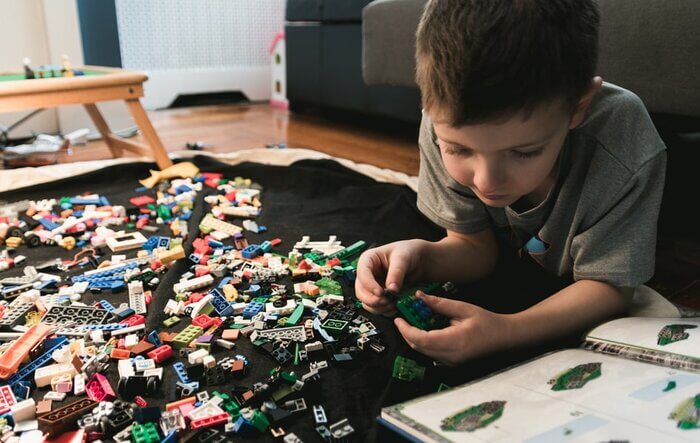
Industries That Use Visual Instructions
What industries use pictorial aids? You’ll be surprised to learn that almost all industries use pictorial instructions: health, safety, education, repair, training, some machinery operations, and far more. Let’s talk about the most popular ones.
Toy Manufacturing
We’ve already mentioned above that using pictorial assembly instructions is an essential thing for toy production. But why do the manufacturers choose wordless instructions? It’s not only due to the fact that not all children are old enough to understand written instructions. It is a great part of their development and acquiring new skills. Toy assembly instructions are their first pictorial directions. They learn how to understand them; they develop motor skills and competency. Pictorial instructions should contribute to the development of comprehension skills among children, and creating instructions like that is a challenging task; it requires special knowledge and techniques.
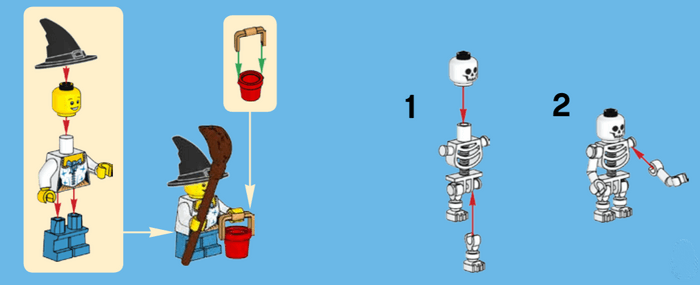
Image source lego.com
Pharmaceutical Sphere
Many patients have problems with remembering the way they should take their medication. Written instructions don’t always work well enough: patients still forget the dosage and time when they should take medicine. Simple pictorial instructions are a perfect solution in this case. They improve adherence and comprehension. And, when medication is taken as required, it gives the best results.

Image source drugdiscoverytrends.com
Medical Sphere and Healthcare
There are a lot of medical devices that people use in their everyday life: blood pressure monitors, inhalers, nebulizers, sugar level monitors, etc. Statistics show that instructions with pictures have a positive effect on recall and comprehension among patients. These instructions meet their expectations and definitely, help them avoid mistakes in using medical devices at home, which provides more precise measurements and higher efficiency of the therapy.
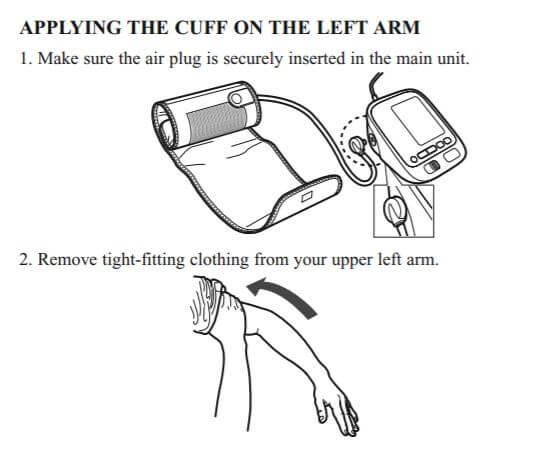
Image source omronhealthcare.com
Furniture Manufacturers
Furniture assembly instructions have already been mentioned as well. They are very popular as many pieces of furniture are supposed to be assembled at home. An approach like that helps to reduce the price of the furniture due to the reduction of assembly costs. Creating manuals like that is not easy at all. They should not only be precise and comprehensive but also contribute to safety. On top of that, pictorial instructions should give confidence: they are aimed at helping non-experts. Very often, people assemble furniture for the first time in their life. They should be sure that they are able to get to the final result.
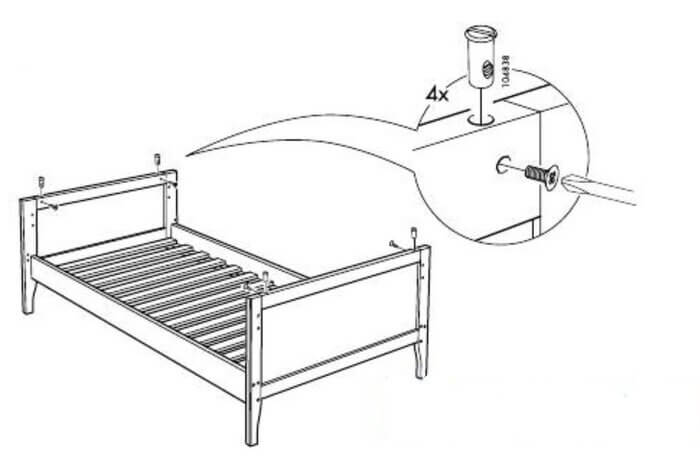
Image source manualslib.com
Work Instructions for Different Spheres
When people read blocks of text, they remember only about 10% of the information. When the text is supported by images, this number can increase almost twice. Based on this fact, many employers create visual work instructions to increase the efficiency of knowledge transfer. The list of industries is huge from banking to gas and oil industry, or food production. Here are the benefits of using visual work instructions:
- Clear final result
- Reduced number of mistakes in repetitive tasks
- Reduced occasional downtime
- Reduced training costs
- Increased quality and speed of completing tasks
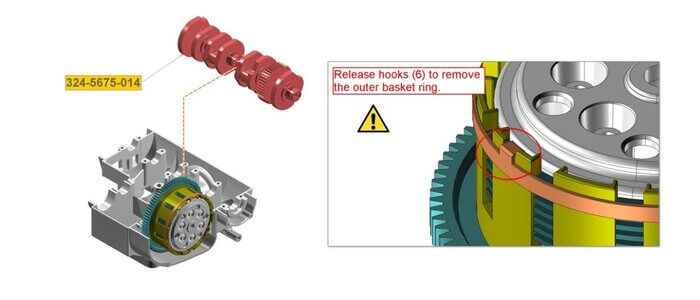
Image source lattice3d.com
Using instructional videos has even more effect than pictorial aids. Read our post, Tips to Make Instructional Videos, to learn more on the topic.
How to Create Good Pictorial Instructions
Creating pictorial instructions is a challenging task as one must make it simple but at the same time highly informative. But if you follow these guidelines, you’ll surely succeed in it:
- Document everything step by step. Do not skip steps. You are to describe the whole process. Otherwise, the instruction won’t be comprehensive.
- Pay attention to details. Don’t forget to show the relevant ones. Before you omit a detail, make sure it won’t affect the message of the instruction.
- Keep in mind size and scaling. They should be adequate. All the parts and relevant details should be clear and visible. Do not pile them up.
- Use the same perspective and angle on all pictures. Sometimes, depicting an object at different angles may confuse customers.
- Use realistic colors if your instruction is not black-and-white. It contributes to better comprehension.
Conclusion
Visualization in technical writing has a very special role. As you have already seen, visual instructions can be used as the main source of information. Creating high-quality visual instructions requires knowledge and special skills. Surely, a technical writer will have to use special tools or involve experts in this process. Do not hesitate to use pictorial aids on their own or to support text. Your customers deserve a great user experience!
Good luck with your technical writing!
ClickHelp Team
Author, host and deliver documentation across platforms and devices




